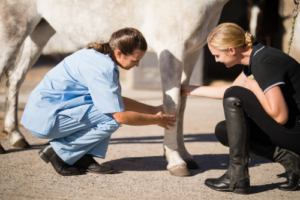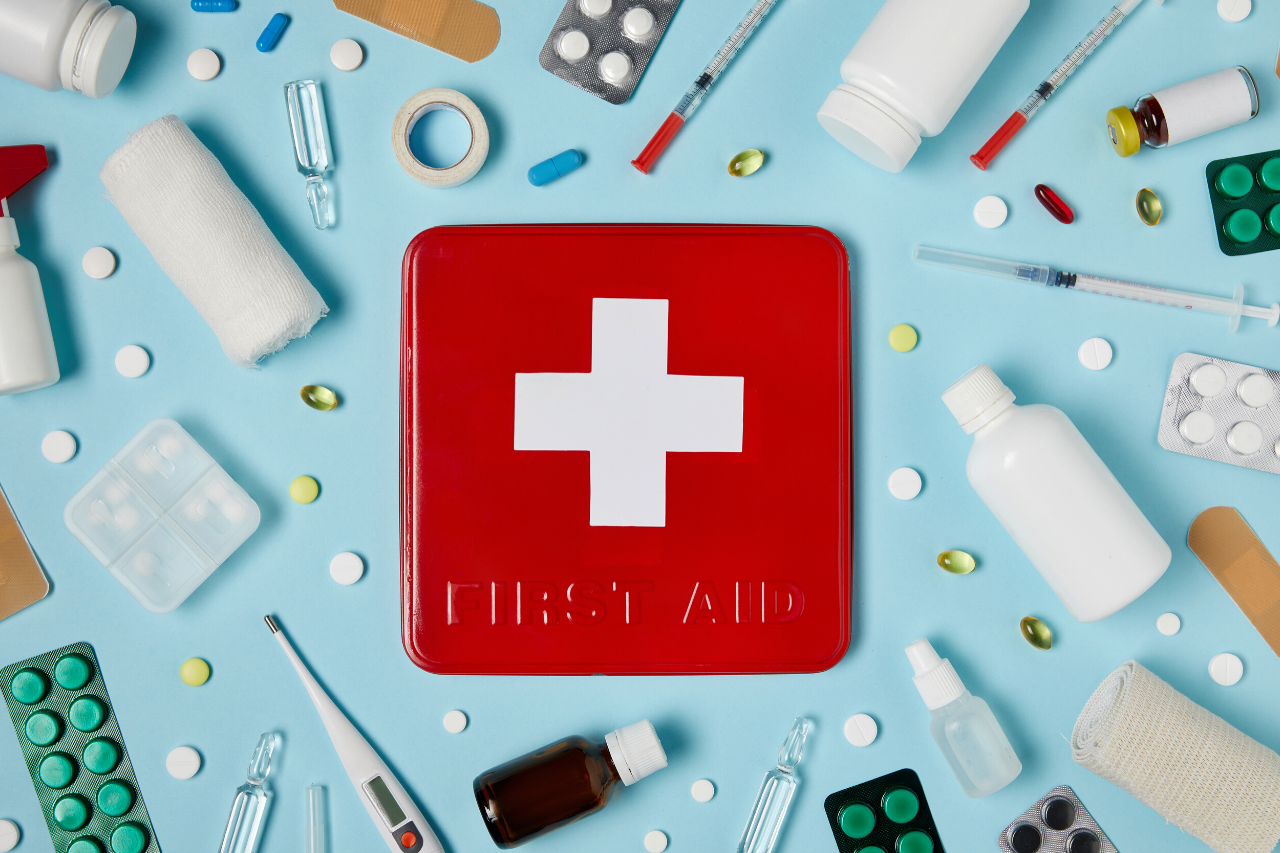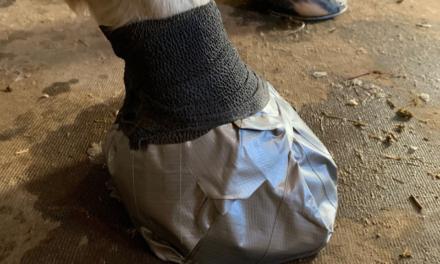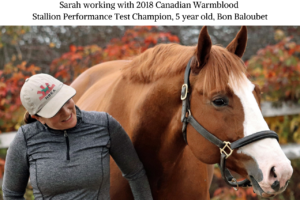We may earn money or products from the companies mentioned in this post. For more information please check out our disclosure page
Having an equine first aid kit is a necessity when you own a horse. If you don't have one you will NEED to put a kit together as soon as you can so you are prepared for emergencies. We have one for the barn and we have another for our horse trailer.
The following is a list of MUST HAVE basics that should be in every equine first aid kit:
1. Thermometer – preferably a mercury one. The thermometer should have a piece of string tied tightly to the end of it so it does not get sucked in rectally.
2. Scissors – Try to get special blunt end bandage cutting scissors so there are no sharp ends to harm a jumpy horse
3. Tweezers – you will need these for pulling out ticks or small splinters
4. A Twitch – there are some things your horse is going to object to so a twitch will help calm them
 5. Lubrication – for using a thermometer
5. Lubrication – for using a thermometer
6. A metal bucket – metal buckets are easily sterilized and extremely useful
7. A rubber ground bucket – for soaking abscesses
8. Epsom salts – for soaking abscesses or pulling out infection when applied on a wet hot gauze pad and wrapped
9. Ice leg wraps – or ordinary gel ice packs
10. Bandages of all kinds:
- Lots of vet wrap
- Polo bandages
- Standing bandages
- Gauze bandages
11. Roll Cotton



12. Non stick Gauze – in varying sizes
13. Leg wraps – these are often used to wrap over initial gauze bandage for a larger wound and then secured by a polo or standing bandage
14. Diapers – great to cover an already bandaged foot and then put a duct tape boot over it. They can also be used as extra padding for a large wound to help stop the bleeding until a vet arrives.
15. Duct Tape – to secure bandages, or to make a protective boot
16. Poultice
17. Animal Lintex – amazing product that is applied slightly damp, left on under a bandage to draw out infection, can be used for abscess, and all kinds of other soreness.
18. Surgical Gloves
19. Rubbing alcohol – for cleaning utensils
20. Saline – for flushing wounds
21. Gentle Iodine
22. Hibitane – a gentle disinfectant that can be used straight out of a bottle or you can buy it in individual small scrubby packs.
23. Bute – A non-steroidal anti-inflammatory, Phenylbutazone is like aspirin for horses. It can be bought in an oral paste, a powder, or a solution that can be injected. It is used to provide pain relief, and reduce fevers.
24. Flunixin – A non-steroidal anti-inflammatory, Flunixin is more aggressive at targeting inflamed tissue and is usually used in the treatment of colic pain, join disease and to alleviate fevers. A side effect of administering flunixin is usually diarrhea, and as a result can be used to help in cases of a suspected GI blockage.
25. Polysporin eye drops – can be used with mild eye irritation. However, there are some serious eye conditions that must be seen by a vet as soon as possible, such as eye ulcers, uvitis, or corneal eye disease. delay in doing so could cause the loss of an eye.
26. Zinc cream – can have many uses, one is treating horses for sunburn.
27. 60 SPF Suncream – for horses with pink skin that is exposed to the sun. Horses can get SERIOUS sun burn where they have pink skin (usually around the muzzle area) make sure this is protected with sun screen when they go outside.
28. Wound Powder – once a would needs to be left open to heal, blue wound powder is good to keep the flies out and helps dry up the wound.
29. Blue Kote Wound Spray – bacterial spray that helps healing
admin
Latest posts by admin (see all)
- A Horse For All Reasons – Guest Blog by Lucy from Horse Factbook - April 8, 2020
- How To Deal With A Spooky Horse Trail Riding - March 31, 2020
- Our Top 20 Amazon Equestrian Products - January 30, 2020







